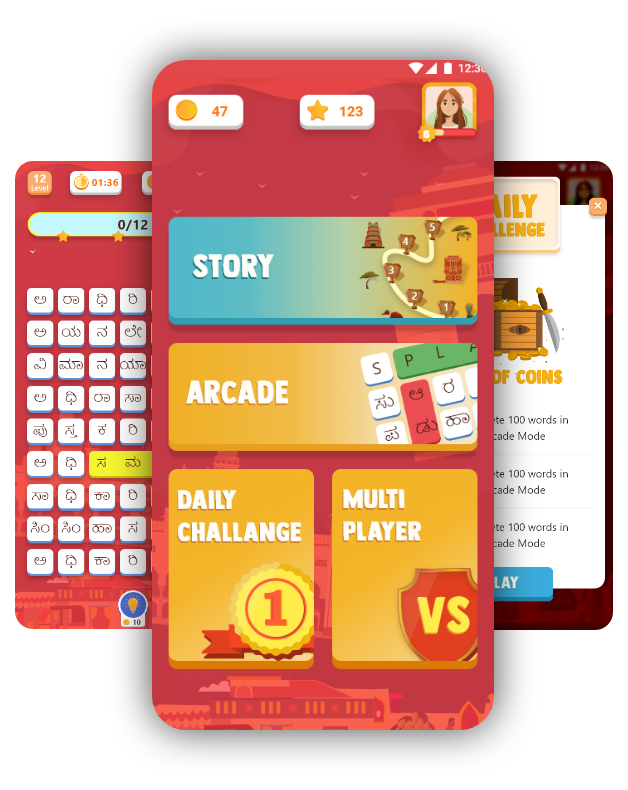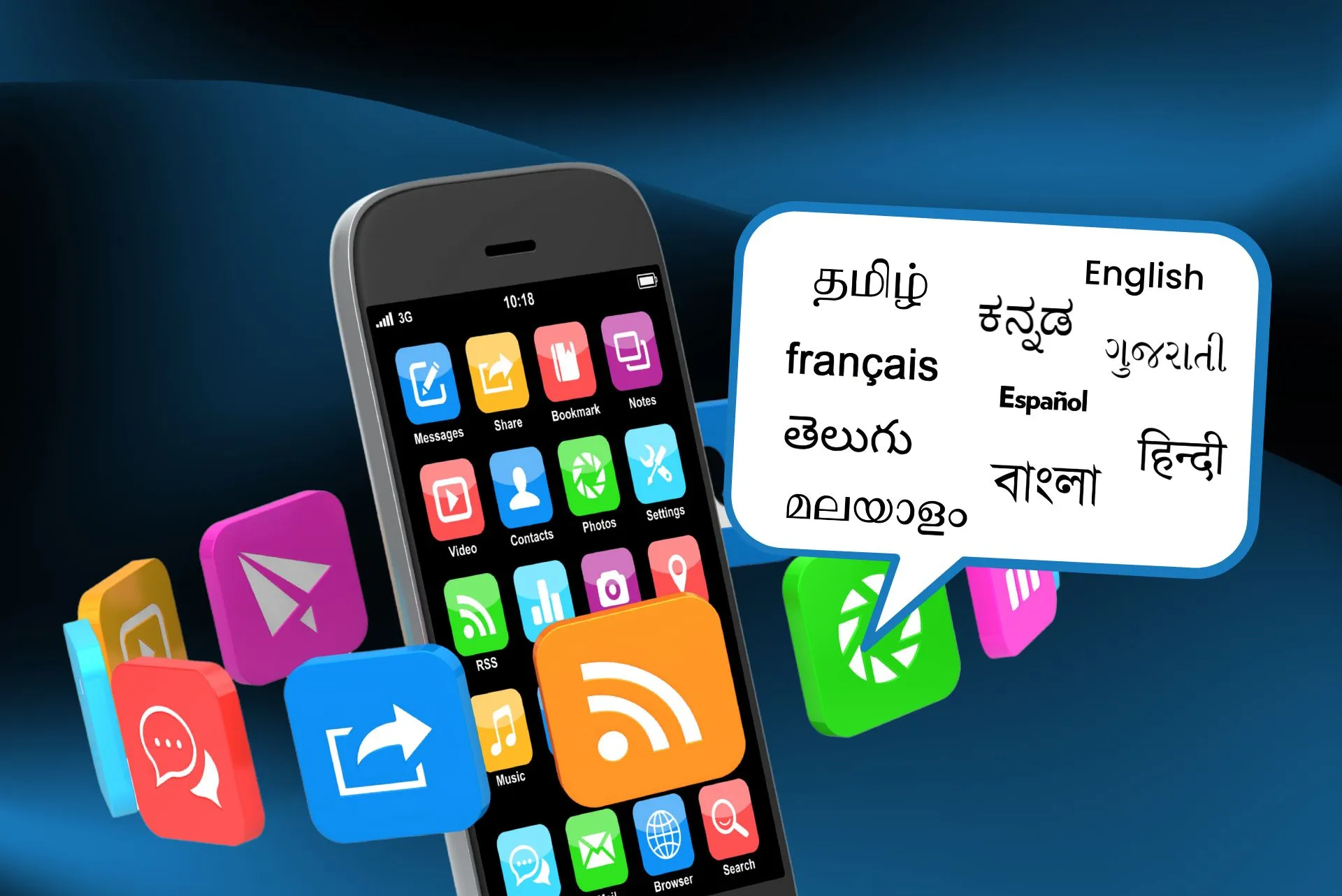Developing a multilingual mobile app is extremely fascinating! Not only being the need of the hour, but these apps are also a bold step into bringing numerous languages and their culture into the digital ecosystem.
Yet, it comes with its own troubles and complaints. Especially in translating languages which require a thorough understanding of the language and its cultural background which puts a tough challenge even to experienced professionals.
Major Challenges in Building Multilingual Apps:
1. Difficulties in Direct Language Translation
Converting text directly from one language to another is extremely challenging for deploying fully functional and influential multilingual apps. Apps should go beyond just translating words, keeping in mind to get the closest meaning without altering its values, etiquette, presentation and in some cases interface elements, while also making the content appear intuitive and interactive.
Not to mention, language translation should also tailor the content to satisfy both technical and cultural aspects of the language. Computer linguistics allows two methods of converting native English apps into local-language app – Machine translation & Human translation.
2. Limited feasibility of Machine Translation
Although machine translation of speech/text can be said to be faster and saves money in comparison to human translation, it cannot achieve precision and perfection in language translation even if you experiment with various software-enabled algorithms. The reason being that machine translation lacks personalization and the software intelligence is of limited capability.
What machines fail to provide?
- Machines find it difficult to empathize with the language’s core nuances like the tone, flow and the overall style of it. Hence, machine translation would mean reduced language expertise.
- Only humans can have exceptional flexibility in their translation skills to understand the language structure, words with multiple meanings while also taking care of the emotion behind it, to its entirety and eliminate possible confusion.
- Quite often machines provide literal translation of texts, missing out creativity, emotion behind the language and the human touch to it.
- Machines lack the ability to sense changing cultural trends, rituals and traditions. Hence, you can’t expect it to make the apt choice of words to convey the expression better.
3. Challenges in Human Translation
Human translation approach involves language experts to interpret and translate text in that language. This may yield perfect output, meeting the expectations of the client and users but becomes impractical due to many reasons.
The challenge to look for the right expert who has mastered multiple languages is tedious. By not only consuming a lot of time, it’s also financially heavy to bear a sizeable check to pay the professional translator and reviewer.
4. Design-related Problems
An ideal app design seemingly allows content to appear neat, clear and easily absorbable especially when the app is translated into different languages other than English. As translation and resultant text style also affect the layout of the interface, it is important to retain the original aesthetics and ensure that its look and feel remains intuitive, engaging and easy-to-explore.
Multilingual mobile app development entails a range of changes and improvements on the original app content, one of which is its design architecture. To suit the needs of local users, it is mandatory to make certain relevant changes to the user interface.
Tips to ease Multilingual App Challenges:
1. Leave ample Text Space
Since other languages may require more space than English, it would be best if you leave out your conventional space practices for texts. Leave plenty of space to adjust texts based on the language requirements and avoid errors.
2. Right Choice of Icons
Double check when it comes to choosing your icons in any multilingual app development, it is important to choose wisely to avoid misinterpretations for users from different regions and cultural backgrounds.
3. Plan Beforehand
Extending mobile app localization till the last day or just before the release is not advised. In order to achieve the best version of your app, begin the testing and translation of the content way in advance.
4. Testing
Testing for multilingual apps should be twice as strict as the others. Test the localization software thoroughly if you trust machine translation for multilingual app creation.
5. Proper Usage of Strings
Managing strings using Unicode/UTF-8 encoding is time-efficient since it saves on conversion steps, debugging and error correction.
6. Full Localization Support
The software you use for multilingual app development should better support the country code and the different variations of spelling, date formats, currencies and other elements of native countries. App localization software not only makes your product more accessible, but also helps cross cultural and geographical boundaries to support the language of native users without changing anything about the natural flow of coding.
Multilingual app development might be a hard nut to crack. However, the product drives numerous benefits. Having a hard time believing us? Get a glimpse into our latest Kannada word game, ‘ODO World’ and see for yourselves.







